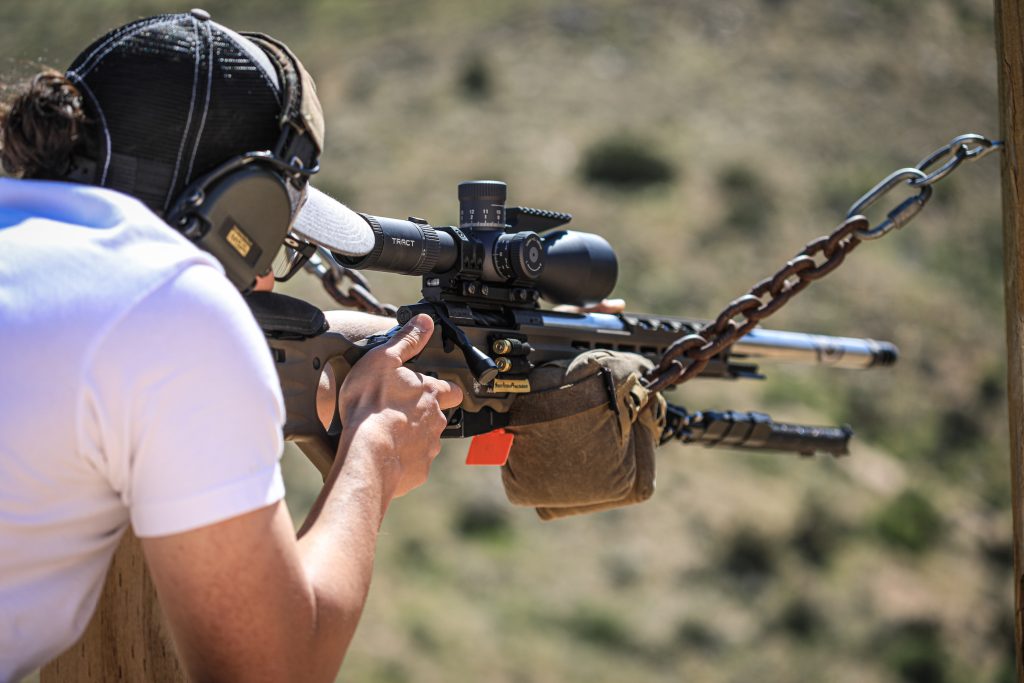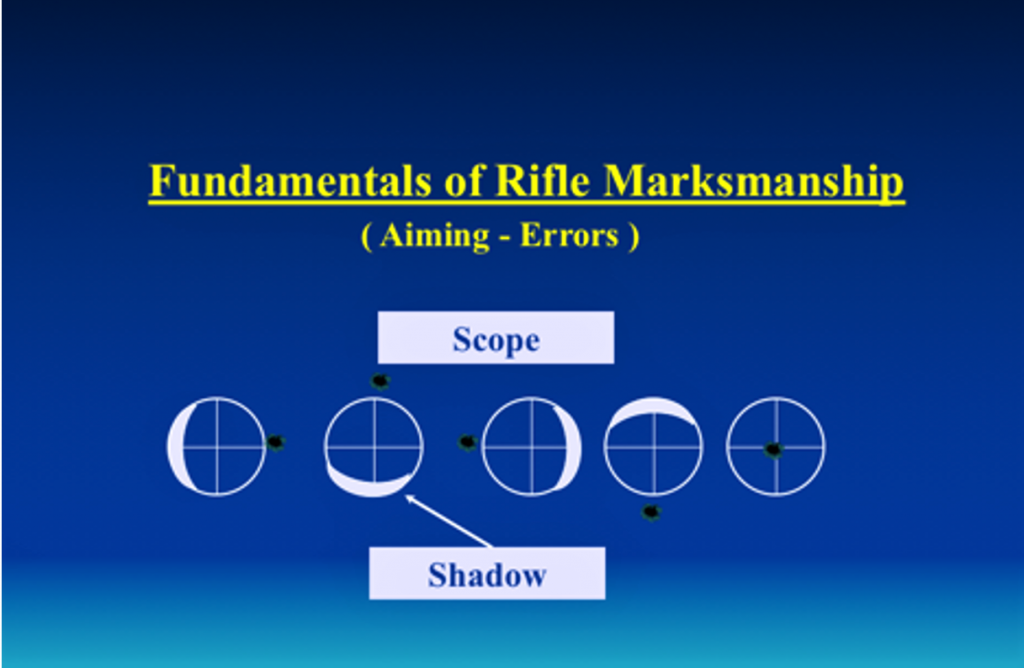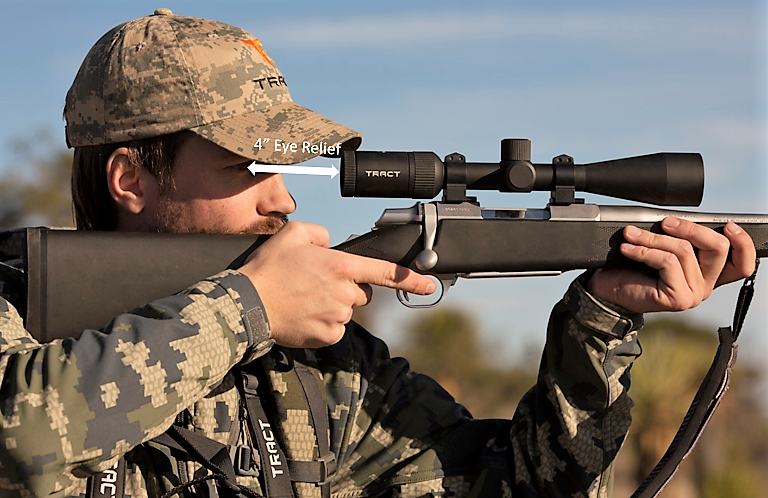Part 1 –
Have you found yourself questioning the high-dollar scope you just purchased because you cannot see the full sight picture? Are you struggling with getting the consistency that your high-end set-up should be delivering? Here are a few common issues that many shooters face while trying to use their rifle scope effectively and maximize rifle marksmanship.

Scope Shadow: Rifle Marksmanship
According to William "Bart" Bartholomew, retired SWAT Team Leader and current long range precision instructor for the Bergara Academy, "many first-time shooters experience a grey shadow within the outer edge of the field of view during the aiming process." This is caused because their eye is either too far, too close, or off center to the optical center of the scope. For accuracy purposes Bart explains, "it's important that that there is no shadow present because if there is, it will have a direct impact on where the round impacts." If the shadow appears on the left, the round will strike to the right of the target (see chart below). A completely clear picture should be seen, and no shots fired until you have adjusted your eye position needed to see the full field of view.

Eye Relief
Eye relief is defined as the distance from your eye to the rear of the eyepiece lens. This eye relief must be exact for you to be able to achieve maximum shot placement. Your position behind the gun plays an integral part in achieving consistent results. Adjustments to where the scope is mounted, and where you place your cheek on the weapon, all need to be made before any firing takes place. Butt spacers, adjustable combs, and second man inspections will greatly enhance your ability to adjust or "build" the weapon to meet your body size. Bart emphasizes to his long range students that "if you want to improve your accuracy, it's critical that your cheek weld remain consistent for every shot!"

Most scopes have an eye relief of 3-3.5", however the TORIC line of scopes feature a 4" constant eye relief throughout the entire magnification range allowing your cheek weld to be consistent at all times.
Sight Picture
Sight picture is the correct placement of the aiming point (your crosshairs) on the target for the desired impact. For a correct sight picture the intersection of the crosshairs is placed in the center of the desired impact area resulting in a quartered target. Keep in mind that your primary focus is on the crosshairs and not the target. Concentration on the crosshairs should not be too long, as this will cause the reticle to blur. Approximately 3-12 seconds is a good rule of thumb before eyestrain will become a factor. It is important that during the initial "gun building" that a solid focus is obtained.
Steps to getting a clear sight picture:
- Setting the diopter (quick focus eyepiece) for your eye is paramount in improving accuracy. Follow the steps outlined in the video below to make sure your scope is set for your eye
- Most scopes above 10x have a side parallax adjustment to help bring your desired target in focus. Utilizing this feature will be key in getting a clear sight picture.
Learn how to properly adjust the quick focus eyepiece on your TRACT rifle scope.
Effects of Cant
Canting results when the rifle is tipped to either side. Terrain conditions or an improper position in your shoulder can cause canting. Another reason might be that the scope is not straight in its mounts. If a rifle is canted to the left, the round will strike low and to the left. The more pronounced the cant, the greater distance the round will miss the target.
If you still have questions on how to maximize the performance of your TRACT Rifle Scope, please feel free to contact us: Live Chat: TRACTOptics.com. Call: 631-662-7354 Email: [email protected]
William "Bart" Bartholomew currently instructs a 2-Day 1,000 yard Precision Rifle Course with the Guntry Gun Club of MD as well a 3-Day Long Range Precision School hosted by the Bergara Academy in MT. Bart is a retired Baltimore County SWAT Sniper Team Leader and has 46 years of long rifle experience—20 years as a Counter Sniper and is the recipient of the prestigious Carlos Hathcock Jr. Award.
Read the entire Rifle Marksmanship Series:
Part 2 - Trigger Control Equals Success
Part 4 - Breathing Control Techniques

